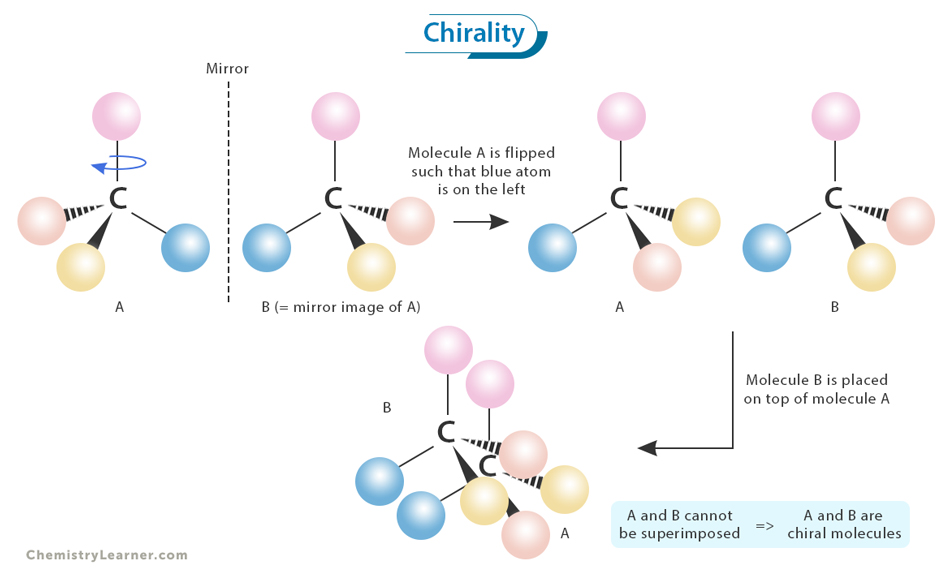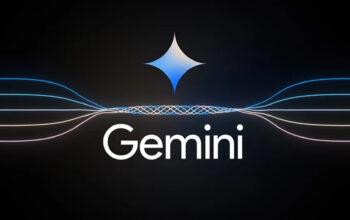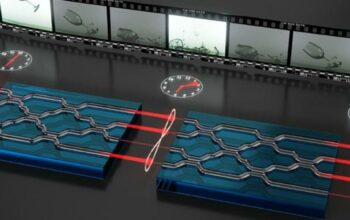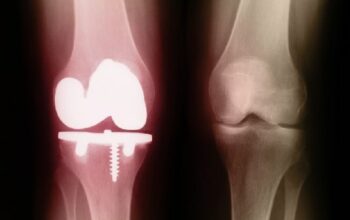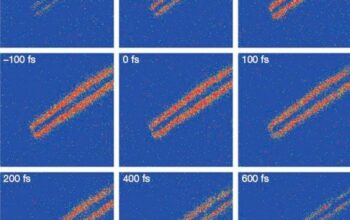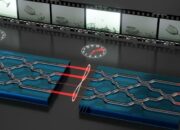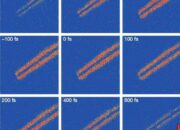In the world of condensed matter physics, chirality in graphene represents a captivating intersection of geometry and quantum mechanics, influencing electron dynamics profoundly. To appreciate the intricacies of chirality in this two-dimensional material, it is imperative to delve into its geometric configuration, its inherent electronic properties, and the myriad implications woven into both fundamental physics and advanced technological applications.
Graphene, a monolayer of carbon atoms arranged in a honeycomb lattice, serves as a quintessential model for studying chirality due to its unique band structure. The geometric framework of graphene allows electrons to behave as massless Dirac fermions—a property best visualized as a high-speed sportscar navigating a winding mountain road. Instead of negotiating hairpin turns with cumbersome weight, these electrons glide effortlessly through the complex landscape, exhibiting an extraordinary linear dispersion relation at low energies.
Fundamentally, chirality in graphene refers to the lack of symmetry in the arrangement of carbon atoms, yielding two distinct lattice structures known as sublattices. The two sublattices—traditionally denoted as A and B—impart a distinct phase on the electron wave function. This phenomenon can be likened to dancers performing a synchronized ballet, where each dancer follows their choreography while contributing to the overall symmetry of the performance. In a similar fashion, electrons in graphene are characterized by a ‘pseudospin’, leading to notable consequences in transport phenomena and quantum dynamics.
The consequences of chirality resonate beyond theoretical curiosity; they manifest as observable phenomena in experiments. One pivotal effect is the Klein tunneling effect, where charged particles overcome potential barriers without the enfeebling of wave-like behavior commonly observed in conventional materials. This tunneling can be appreciated as a dance through a closed system where the performers avoid the obstacles in their path, demonstrating robust resilience. Grappling with the implications of this effect, researchers envision applications in nanoscale devices—transistors that exploit graphene’s low resistance and high mobility to enable unprecedented data processing speeds.
However, the complexity of chirality in graphene escalates in the presence of external perturbations. Introducing factors such as strain, magnetic fields, or impurities disrupts the symmetry inherent to the system, thereby modifying electron flow dynamics. This chaotic ballet transforms into an avant-garde performance, characterized by the distortion of energy contours and the emergence of new band structures, akin to a choreographer altering a long-established dance routine. Researchers are thus tasked with elucidating how these perturbations influence the fundamental chirality and subsequently the conductivity and other properties of graphene.
Transitioning towards experimental endeavors, the task of investigating chirality in graphene has been aided by advanced characterization techniques. Scanning tunneling microscopy (STM) yields intuitive insights into local electronic structures. Observing the local density of states (LDOS) in this way uncovers the intricate relationships between chirality and the resultant electronic behavior. What was once a relatively abstract concept unveils itself as observable patterns of lattice distortions, revealing the art of electron flow painted against the backdrop of graphene’s honeycomb geometry.
Beyond the confines of laboratories, applications of chirality in graphene stretch into the realms of quantum computing and spintronics. The ability to manipulate electron spin—another quantum degree of freedom—initially appears detached from chirality, yet they are intrinsically linked. Graphene’s unique band structure facilitates the integration of spintronic devices that harness electron’s spin orientation, thereby enhancing the capabilities of traditional electronics. Each spin possesses a chirality akin to a compass needle, relentlessly seeking its aligned position. In systems designed to exploit these properties, such alignment can lead to innovative means of data storage and processing, further establishing graphene as a cornerstone material for the future of technology.
Moreover, the prospect of integrating chirality in graphene with other novel materials heralds a new era of multifunctional devices. Hybrid systems composed of graphene and topological insulators, for instance, could potentially yield unidirectional edge states that are immune to scattering—a sought-after quality in the burgeoning field of quantum information technologies. The relationship between these materials presents a metaphorical crossroads where the dancers of graphene and topological insulators converge, offering aesthetic harmony while introducing new dynamics that enrich the performance of electronic devices.
Ultimately, the exploration of chirality in graphene is not merely a facet of theoretical physics; it embodies a philosophy regarding the interaction between structure and functionality. The geometrical peculiarities that yield chirality energize a profound comprehension of electron flow, elevating this understanding to the realm of technological practice and innovation. As research continues to parse the subtleties of chirality in graphene, the boundaries between basic science and application blur, engendering revolutionary advances that underscore the elegance and allure of this remarkable two-dimensional material.
Thus, the narrative of chirality in graphene unfolds as a captivating tapestry, where the threads of geometry, electron dynamics, and magnetic interactions weave a story of scientific discovery and technological potential. As academia and industry converge upon the rich possibilities of this unique material, we stand on the cusp of a revolution that promises to redefine our understanding of electronic systems and usher in an age of enhanced functionalities, much like a climactic crescendo in an elaborate symphony.
